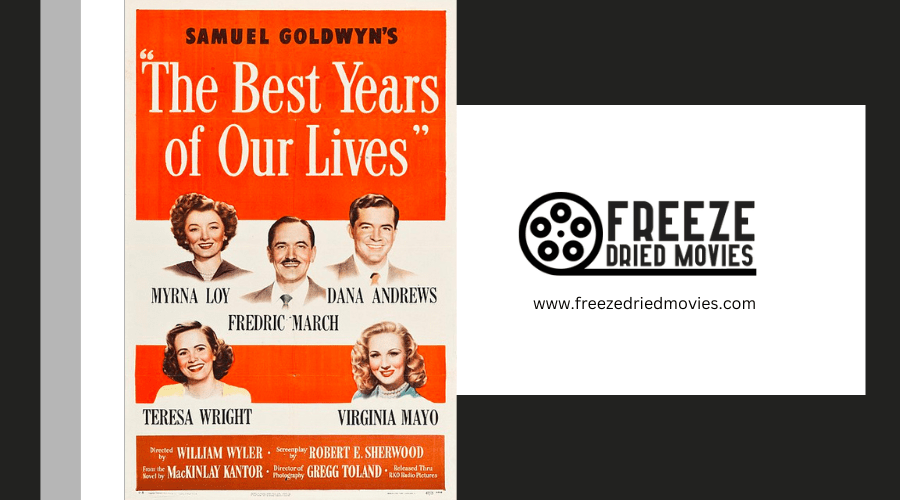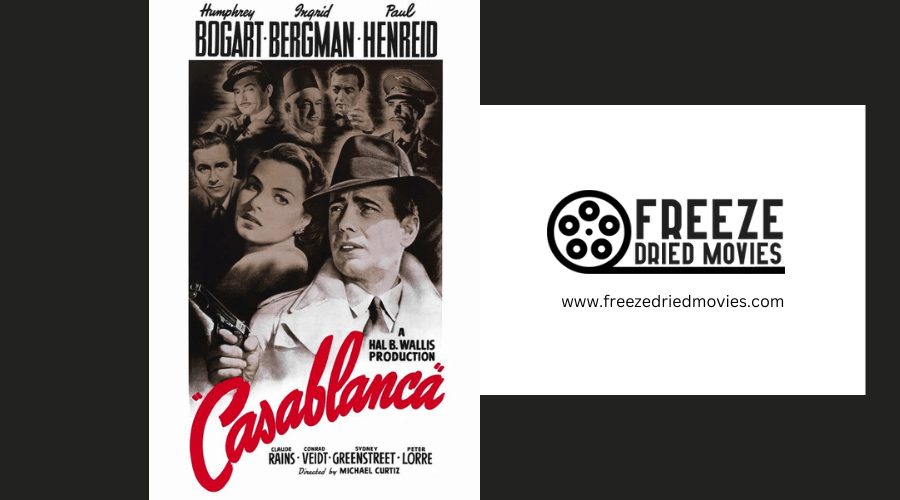How Did WWII Impact Horror Film Themes and Settings?
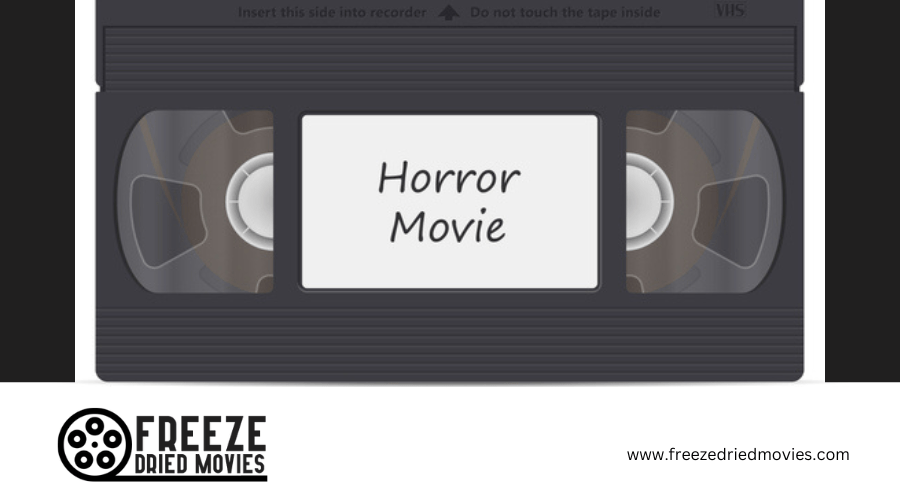
The impact of World War II on horror cinema was profound and multifaceted. Post-war films increasingly focused on psychological horror, mirroring the deep-seated anxieties and trauma experienced by society. These movies delved into the complexities of the human psyche, frequently portraying paranoia and mental instability as aftermaths of the war. Additionally, supernatural elements and monstrous creatures in these films often symbolized the pervasive societal distress of the time.
As fears about atomic power grew, the settings of horror films began to shift towards suburban America, bringing a sense of terror into everyday settings that viewers found familiar and unsettling. This era saw the emergence of films featuring gigantic, radioactive monsters that not only entertained but also subtly critiqued the era's burgeoning distrust of science and technology. This thematic evolution in horror cinema highlights how deeply global events can influence film genre development, reflecting and shaping societal concerns.
Emergence of Psychological Horror
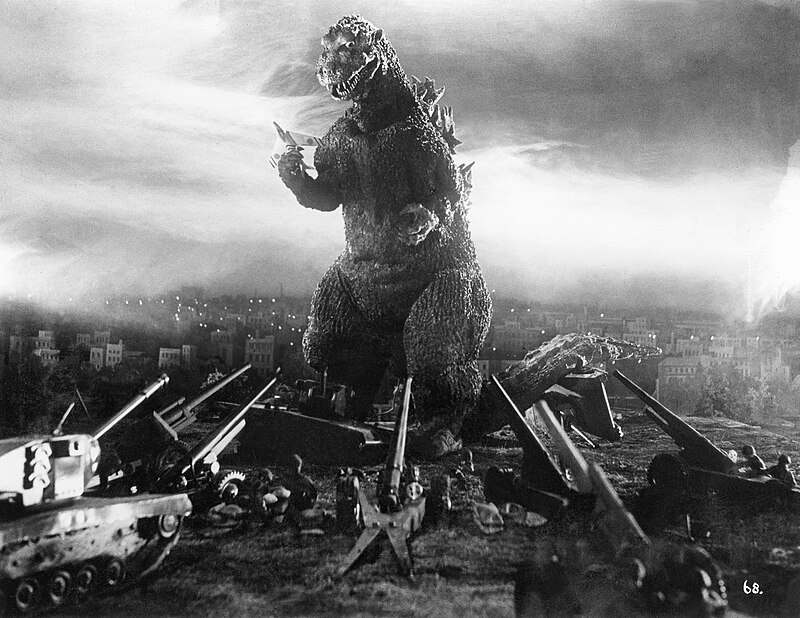
Following World War II, psychological horror films increasingly focused on expressing the widespread anxieties and traumas that permeated society. American cinema, particularly within this genre, evolved significantly during this era, reflecting the profound impact of the war's extensive devastation. These films delved into the complexities of the human psyche, emphasizing not only external fears but also internalized horrors such as paranoia, mental instability, and deep-seated emotional disturbances.
The intent of psychological horror shifted from mere fright to a nuanced reflection of viewers' personal fears, presenting these in exaggerated and distorted forms. Characters in these films often grappled with psychological turmoil, leading to a distorted perception of reality. Central themes included the fear of the unknown, fear of personal disintegration, and the dread of societal breakdown, suggesting that the most profound horrors are internal rather than external.
This transformation in the horror genre represented a significant shift in cinematic approach, using the medium to process and articulate the collective trauma of the war. It underscored the idea that the true essence of horror lies within the human condition, highlighting a crucial evolution in how films address the anxieties and paranoia induced by massive global upheaval.
Depicting Post-War Trauma
Post-World War II horror films vividly depict the trauma and pervasive fear that lingered after the conflict. These films often feature monsters and supernatural elements that symbolize the psychological distress and existential dread experienced by those who lived through the war. The anxiety and dread manifest not as mere fictional horrors but as reflections of the real-life impact of the war on individual and societal psyches.
The narratives of these films extend beyond battlefield experiences to show how war influenced everyday life, altering perceptions and behaviors. This shift towards darker, introspective storytelling reflects the collective trauma endured by society. Characters in these films frequently struggle with loss, displacement, and the residual effects of violence and destruction—mirroring the experiences of the filmmakers and their audiences.
These explorations of post-war trauma in horror films not only entertain but also serve as a critical examination of the breakdown of societal structures triggered by the war. They offer insights into the profound effects of war on both individual and collective psyches, inviting viewers to contemplate the deeper, often unsettling realities of the human condition.
Suburban Settings in Horror
Horror films from the 1950s and 60s often depicted their unsettling stories within the context of American suburbs, tapping into prevalent anxieties and feelings of isolation among residents. In the post-WWII period, while suburbs were seen as havens of peace and uniformity, horror filmmakers skillfully subverted this perception, presenting these familiar settings as ominous and disturbing.
Onscreen, the idyllic suburban neighborhoods were portrayed as concealing sinister secrets, thereby bringing the horror closer to the viewer's real-life environment. This choice of setting made the fear more relatable and intense, as the threats were embedded in everyday life rather than isolated in remote gothic castles or exotic locales. This transition not only revitalized the horror genre but also underscored the disparity between the idealized American dream and the actual societal fears of the time.
The use of suburban settings in these films exploited the fear of the familiar, transforming ordinary settings into sources of terror. By situating the narrative in recognizable environments, these movies prompted viewers to doubt the safety of their own surroundings, ensuring that the sense of fear persisted even after the film ended. This strategy not only engaged audiences but also significantly influenced the development of the horror genre.
Influence of Atomic Fear
As you reflect on the tranquil yet unsettling atmosphere of suburban settings, it's crucial to understand how atomic fear influenced horror cinema, introducing the dire consequences of nuclear technology through film. After World War II, horror movies underwent a significant transformation, tapping into the pervasive anxieties linked to the threat of atomic annihilation. Films from this era often featured gigantic insects, radioactive creatures, and alien invasions, each symbolizing the catastrophic effects of unleashed atomic energy.
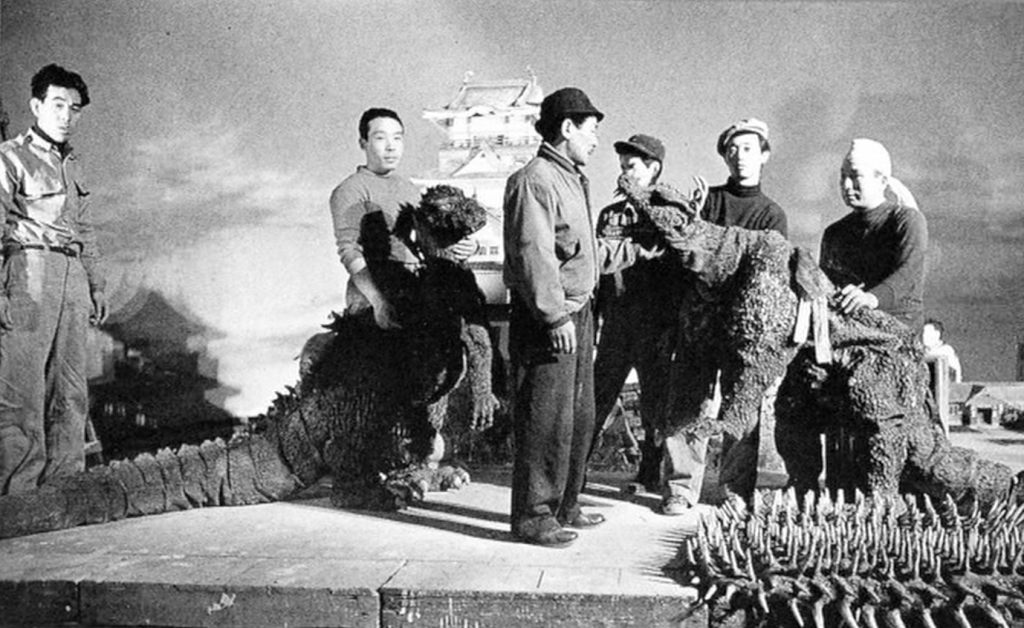
A quintessential example is 'Godzilla' (1954), which explicitly portrays the horrors of nuclear warfare. Godzilla, a colossal beast awakened by nuclear testing, symbolizes the dire repercussions of humanity's scientific overreach. The monster's destructive path through urban landscapes mirrors societal fears of the havoc that unchecked atomic power could wreak.
These films were more than mere horror stories; they reflected the collective consciousness of a post-war society coming to grips with the realities of a nuclear era. Horror cinema of this time expressed a mounting skepticism towards science and technology, underscoring the potential dangers they could pose. Watching these films, viewers engage with a society confronting its most daunting challenges and fears.
Rise of Paranoid Themes
World War II intensified global insecurities and profoundly influenced the horror film genre by incorporating themes of paranoia, reflecting the era's widespread fears of invasion and espionage. The war's atmosphere of anxiety and uncertainty permeated cinema, evolving traditional horror elements into narratives rich with betrayal and mistrust.
Films expanded their focus beyond the supernatural to the terror lurking within the seemingly ordinary, with settings like isolated villages or haunted houses where any neighbor could be a potential foe. This shift highlighted psychological suspense rather than relying solely on jump scares, delving into the psychological effects of war on both individuals and communities. Characters were often depicted as highly paranoid and constantly vigilant, mirroring the societal fear of spies and internal saboteurs prevalent during the war.
These paranoid themes weren't merely for entertainment; they mirrored the genuine terror faced by those living through the war, where the dread of an unseen and unknown attacker was often more frightening than any supernatural entity. This era of horror films demonstrated that the deepest fears are often those that arise from within, stoked by the atrocities and uncertainties of the real world.
Portraying Moral Ambiguity
World War II significantly impacted horror films by introducing elements of moral ambiguity that resonated with the contemporary audience's wartime experiences. These films often presented characters who faced morally complex situations, challenging viewers to reconsider the dichotomy of right and wrong. This narrative shift effectively mirrored the intricate moral dilemmas people encountered during the war.
Horror films of this era not only entertained but also engaged audiences in deeper reflection on human behavior under extreme conditions. Characters in these films frequently encountered situations where traditional moral boundaries were obscured, thereby enhancing the films' realism and compelling viewers to question their own moral convictions.
| Aspect of Moral Ambiguity | Impact on Horror Films |
|---|---|
| Complex Characters | Enhanced narrative realism |
| Difficult Decisions | Provoked reevaluation of moral perceptions |
| Blurred Lines of Good & Evil | Stimulated contemplation of personal values |
This table represents how moral ambiguity impacted horror films, emphasizing the genre's role in reflecting and influencing societal views on morality.
Evolution of Supernatural Elements
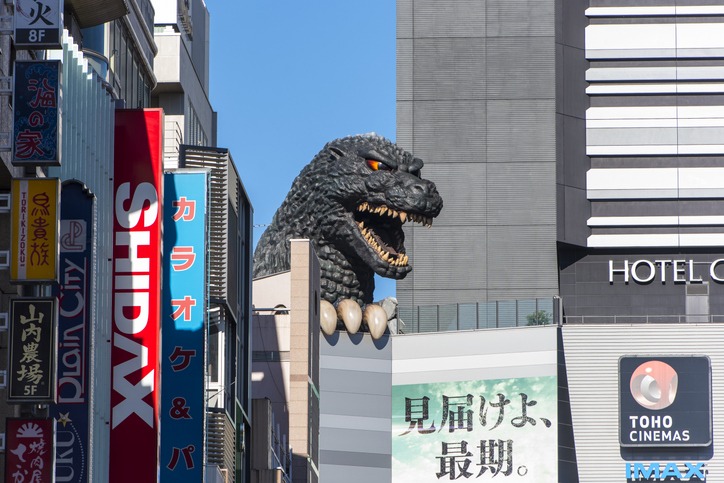
European cinema played a pivotal role in integrating supernatural elements into film, significantly influencing the development of Hollywood horror cinema. This fascination with the supernatural began in the early days of film and contributed to the genre's global appeal. Notably, during the 1930s, Universal Pictures' releases of Dracula and Frankenstein marked a seminal moment, embedding the themes of vampires and mad scientists within the horror genre.
As societal concerns shifted post-WWII, so did the thematic focus of horror films. The 1950s reflected anxieties about nuclear technology, leading to the creation of films featuring atomic monsters, which symbolized fears of nuclear destruction. This evolution illustrates how supernatural elements in horror films have mirrored real-world anxieties.
In the 1980s, the horror genre revisited the theme of vampires, paralleling societal fears related to the AIDS epidemic. These films transformed the image of vampires from mysterious nocturnal figures to emblems of infection and societal unease, demonstrating the genre's capacity to adapt and address contemporary issues.
Through these developments, it's evident how historical events like WWII have influenced the thematic trajectory of horror films, continually adapting the portrayal of supernatural elements to reflect and explore the prevailing anxieties of different eras.
Conclusion
WWII profoundly influenced horror cinema, introducing themes centered on psychological trauma, atomic fears, and deep-seated paranoia. These films, set often in seemingly tranquil suburban settings, explore the hidden anxieties and blurred moral boundaries of the era.
The supernatural elements in these movies are sophisticated, reflecting the uncertainties and the psychological scars left by global conflict. Watching these horror films offers more than entertainment; they provide a reflective lens on the profound changes WWII wrought on the human condition.

